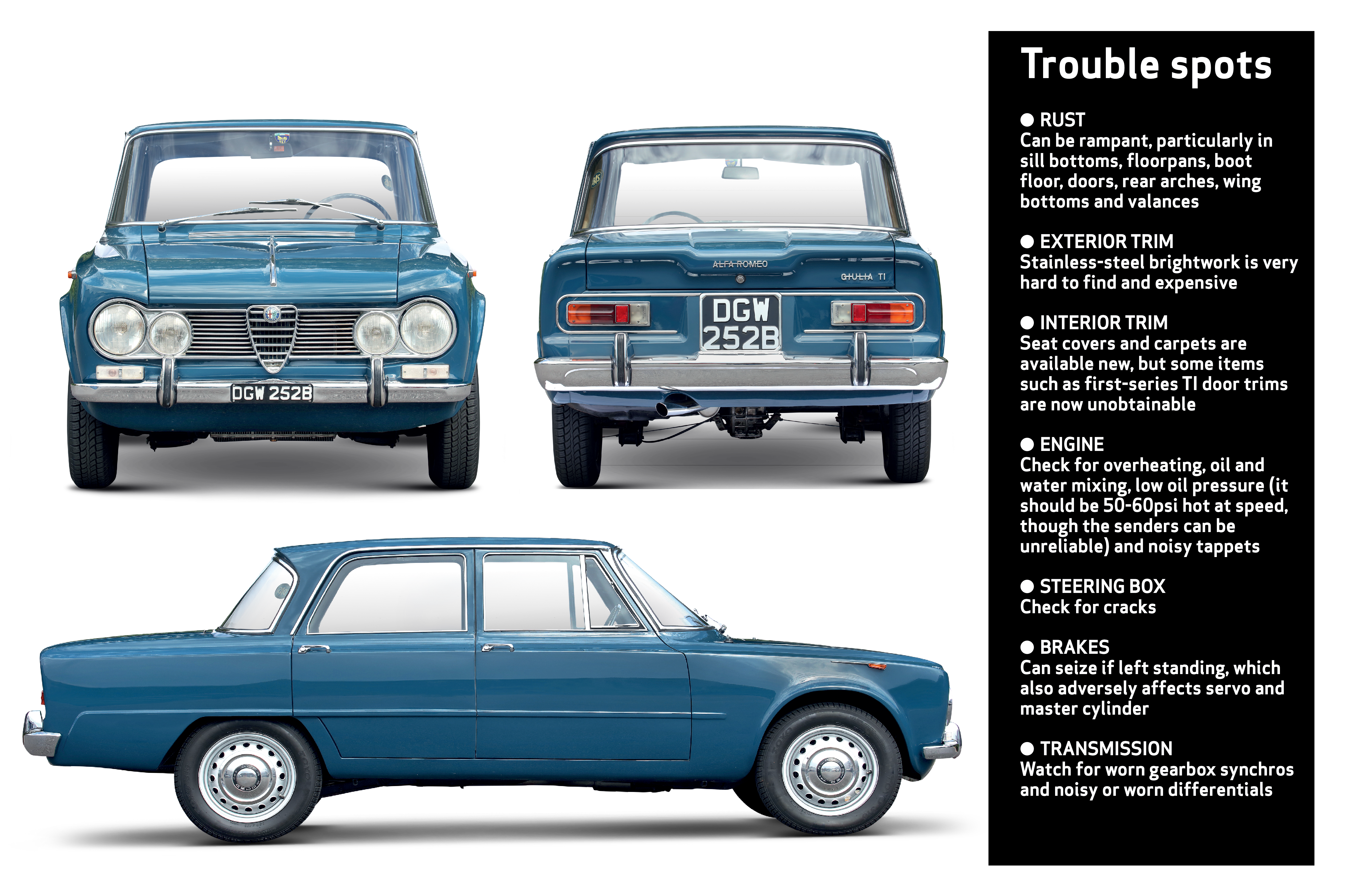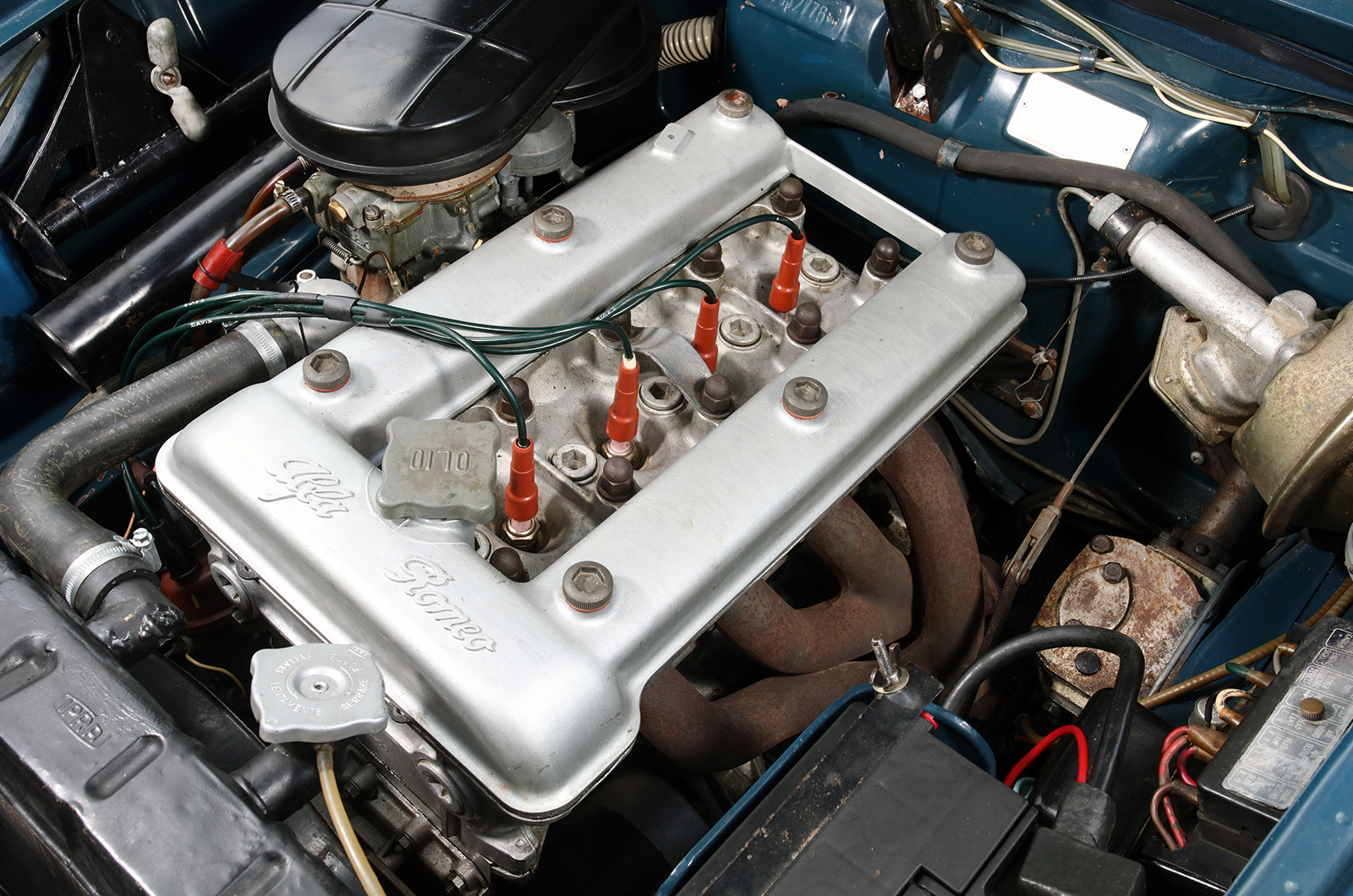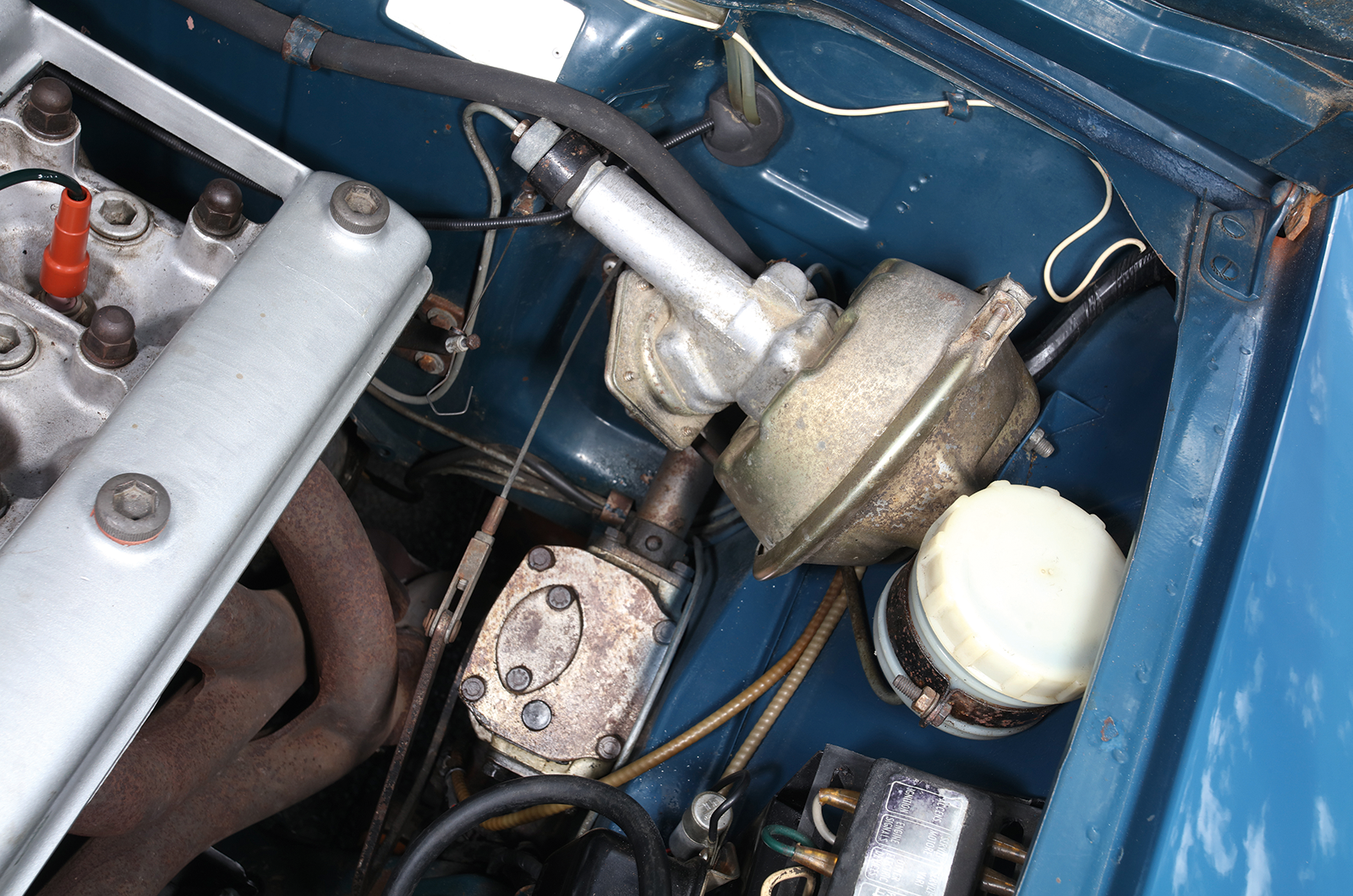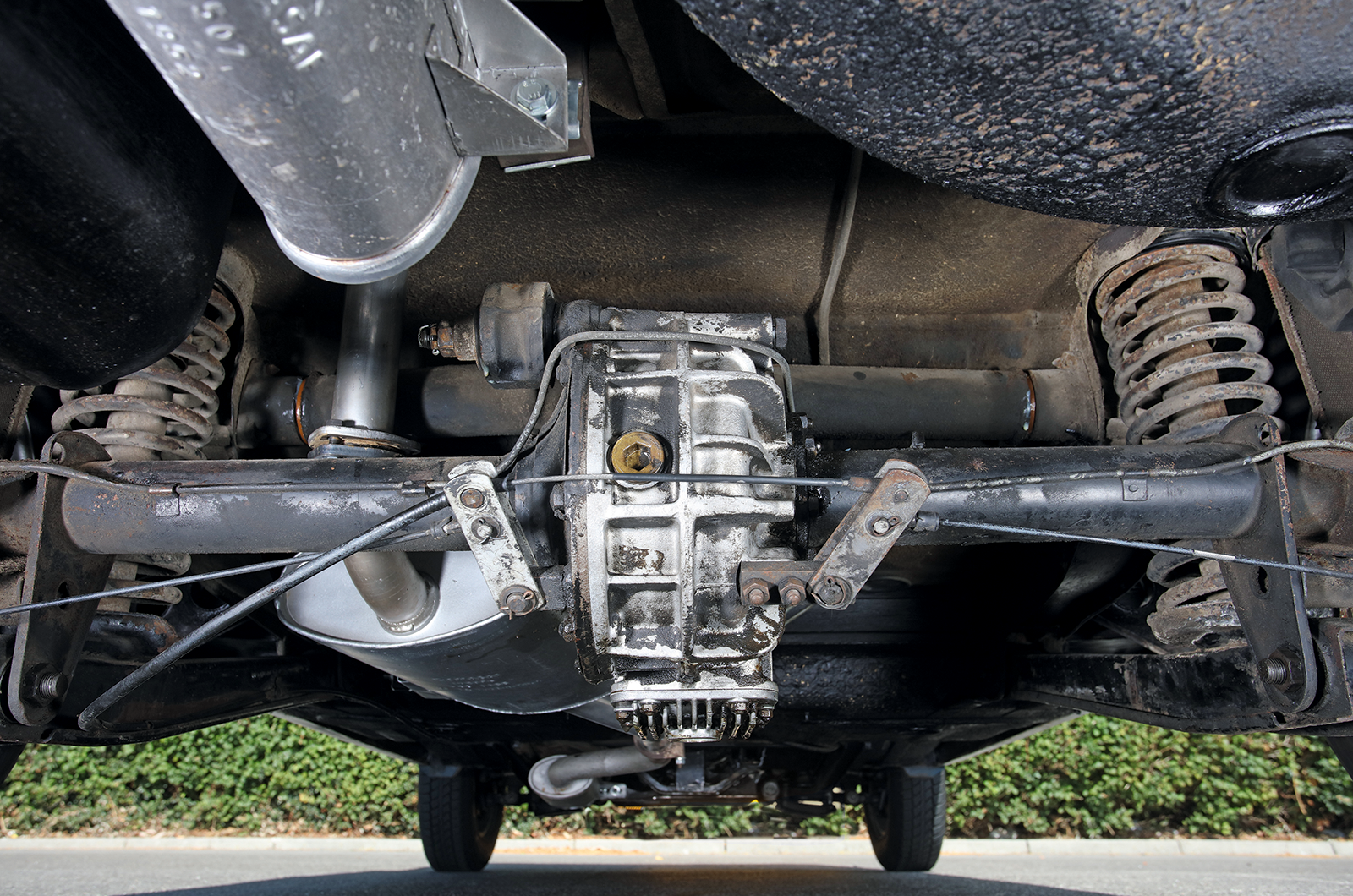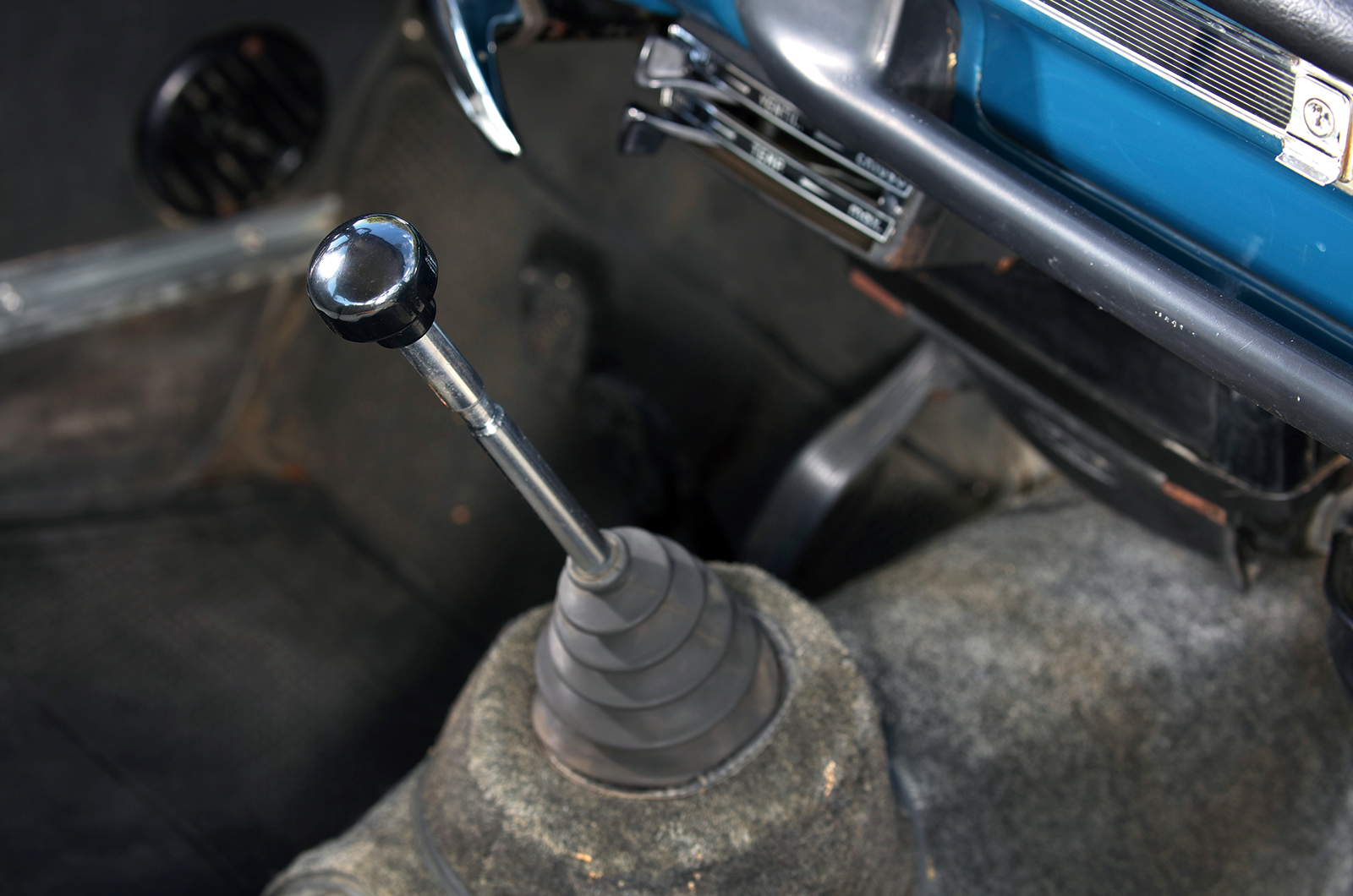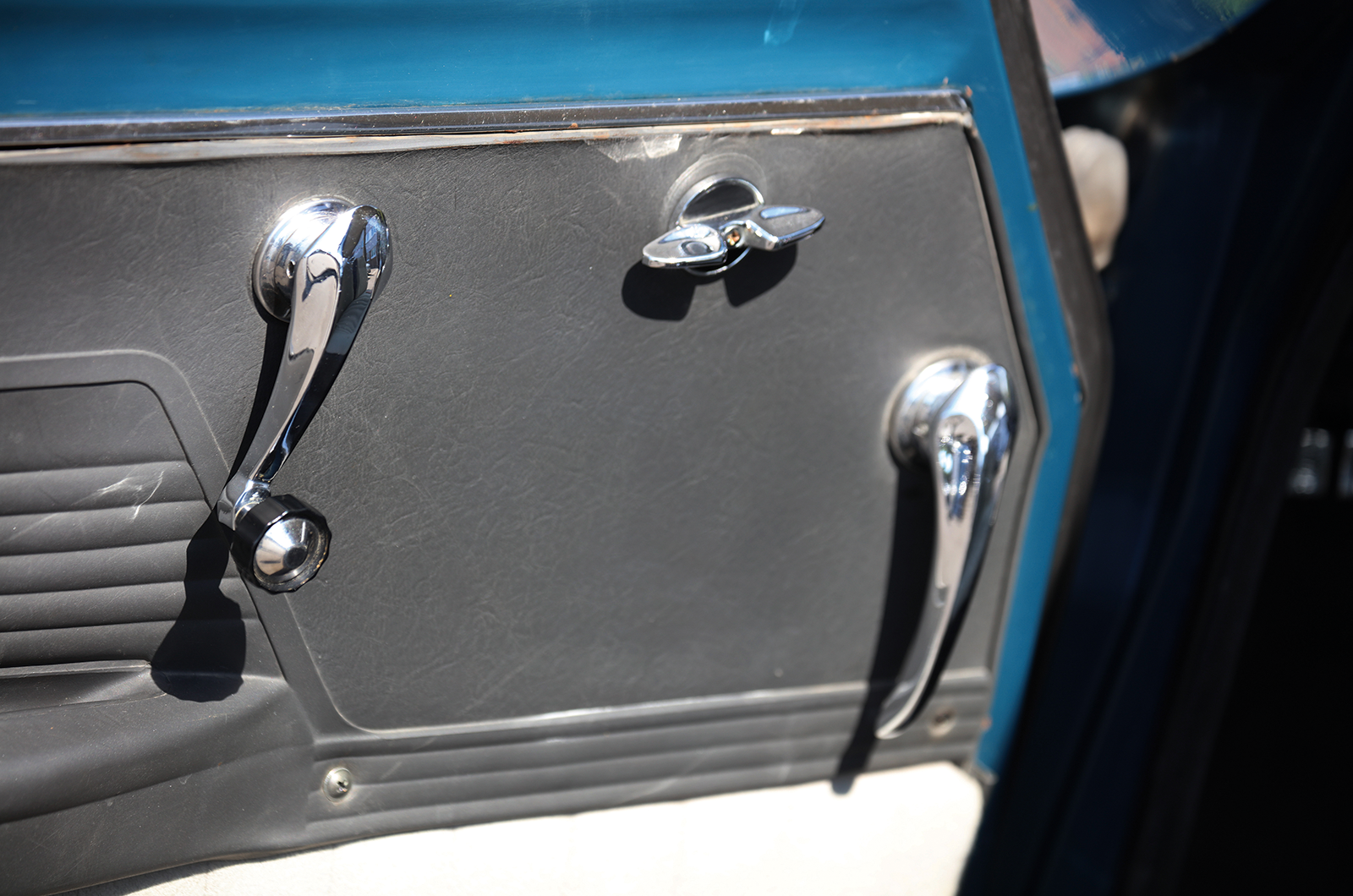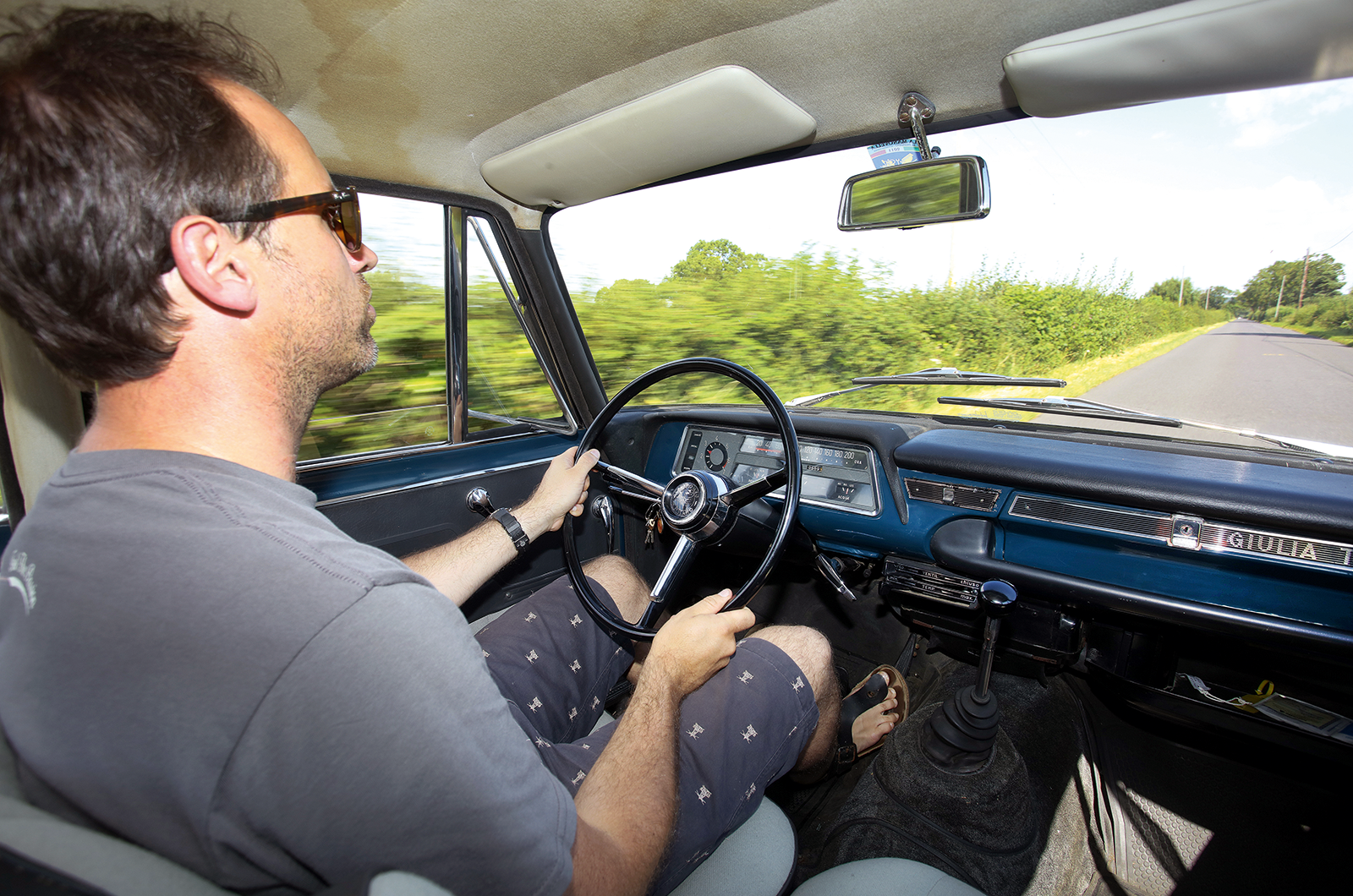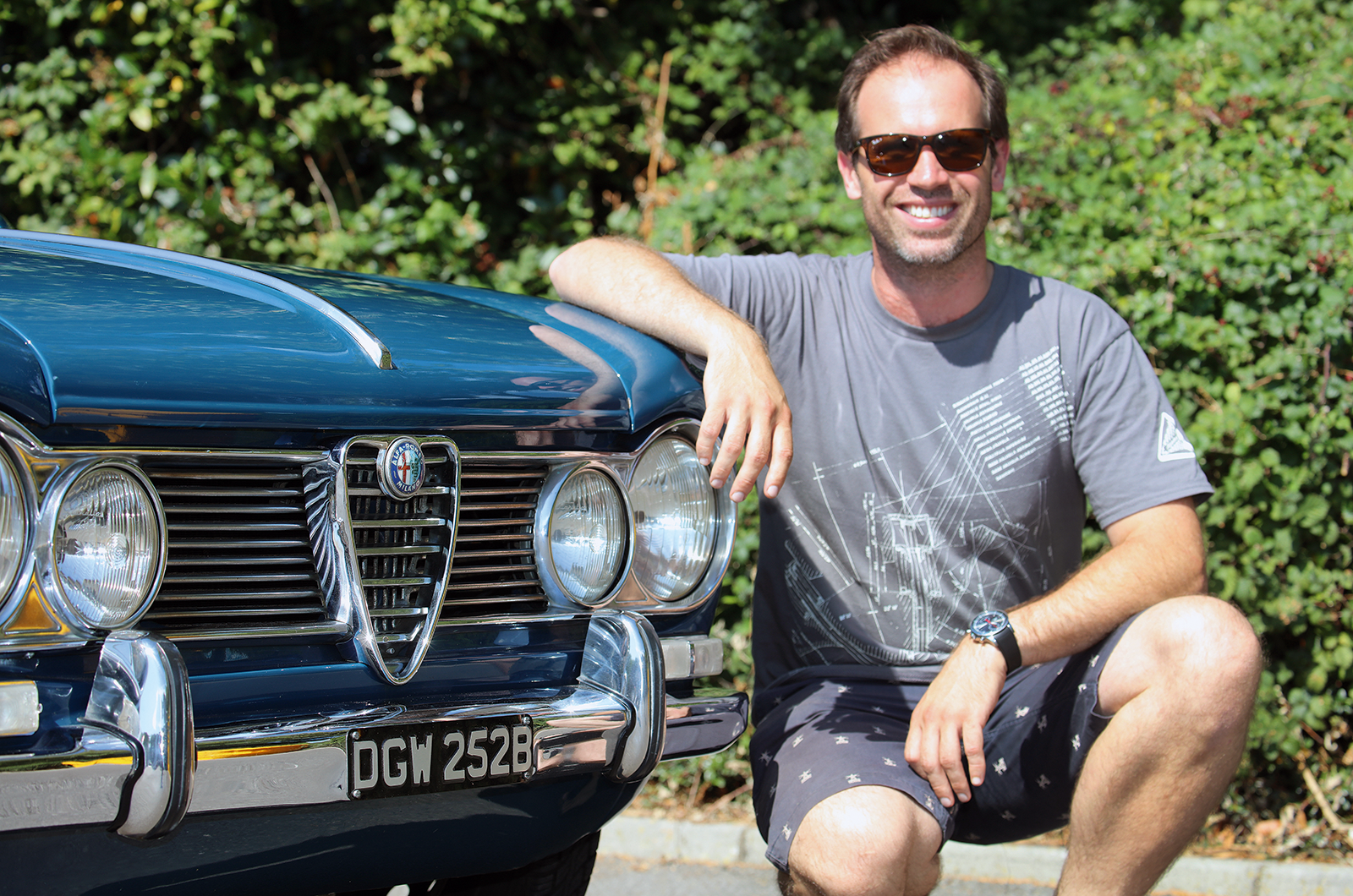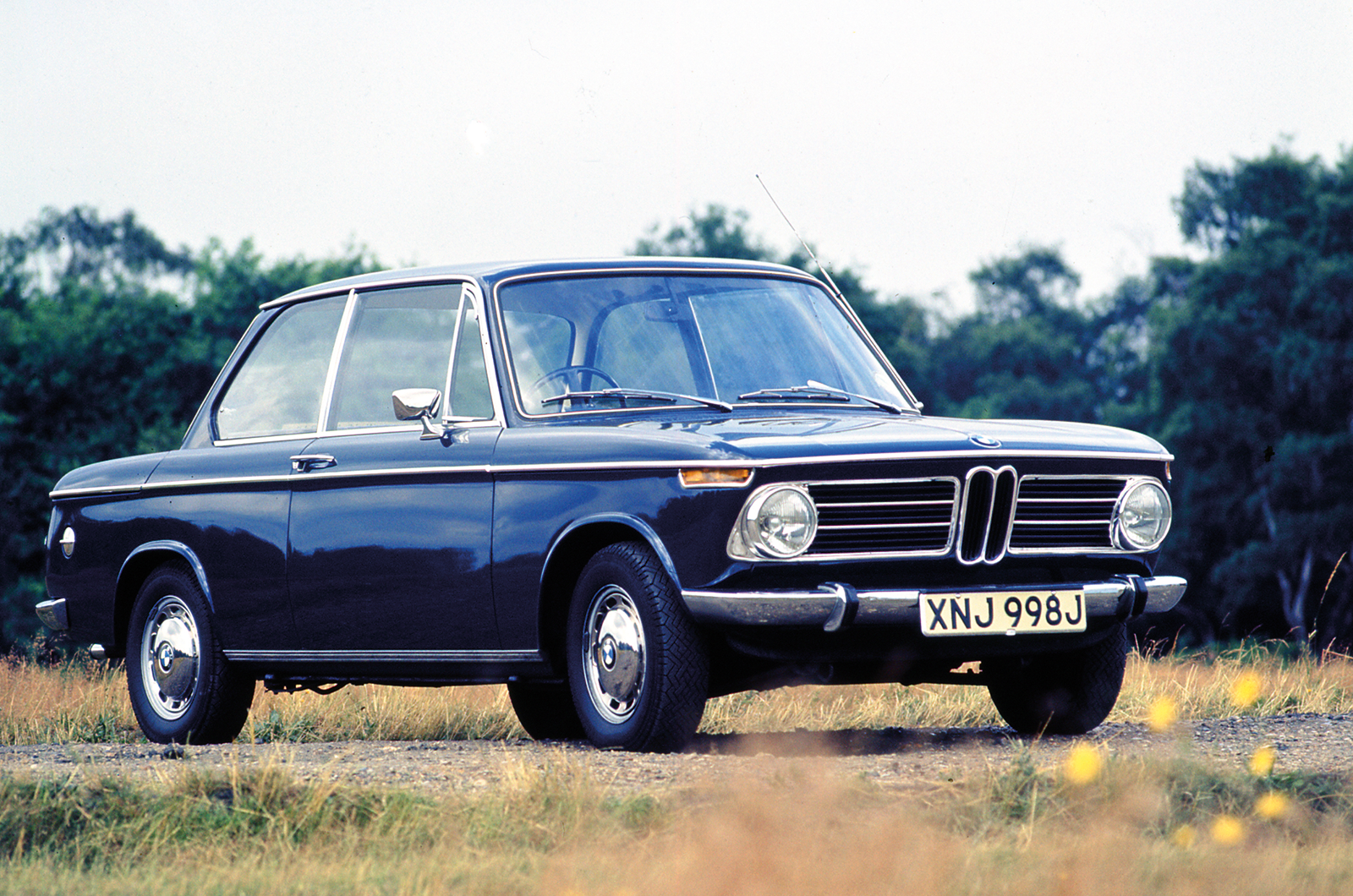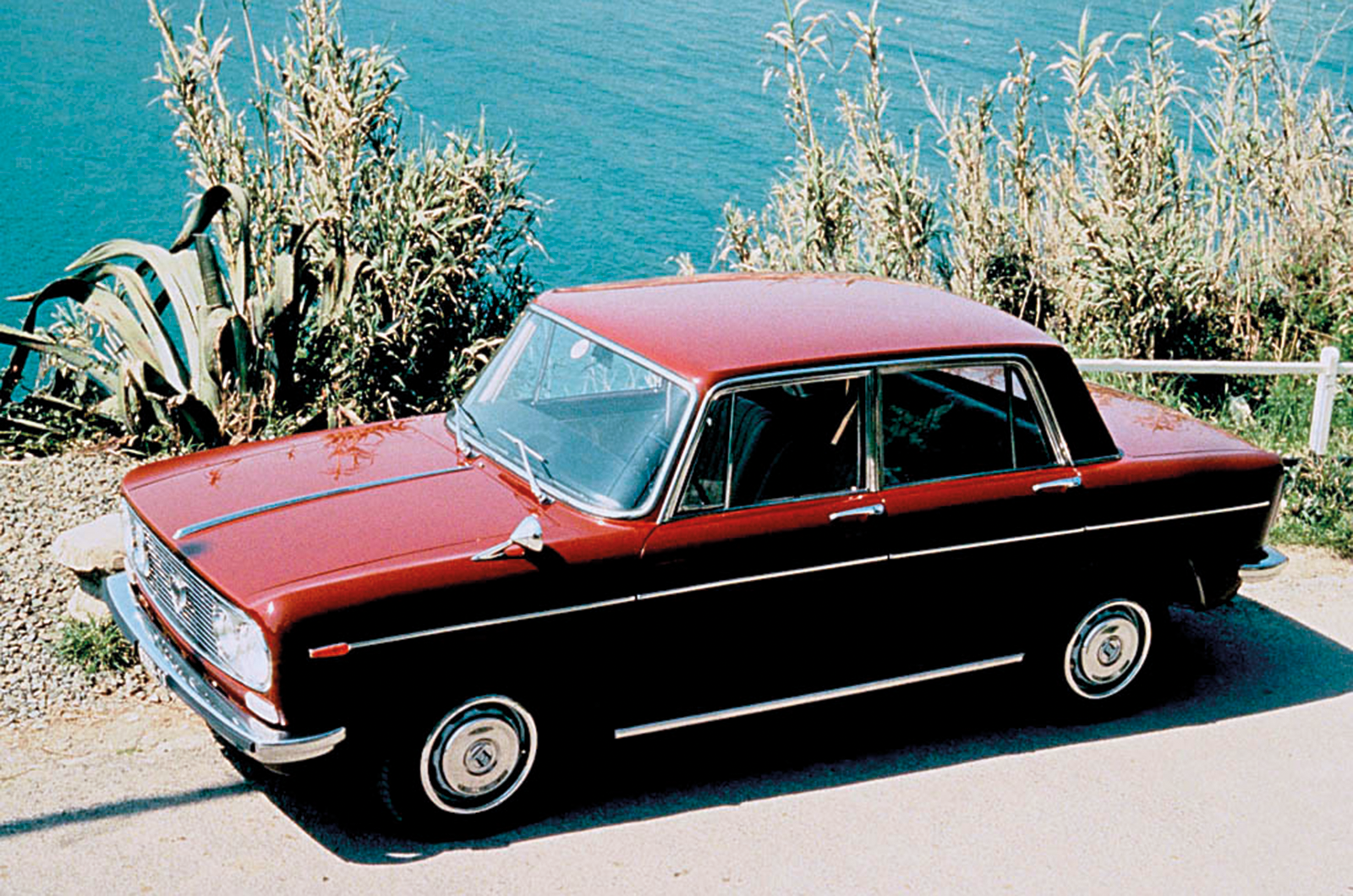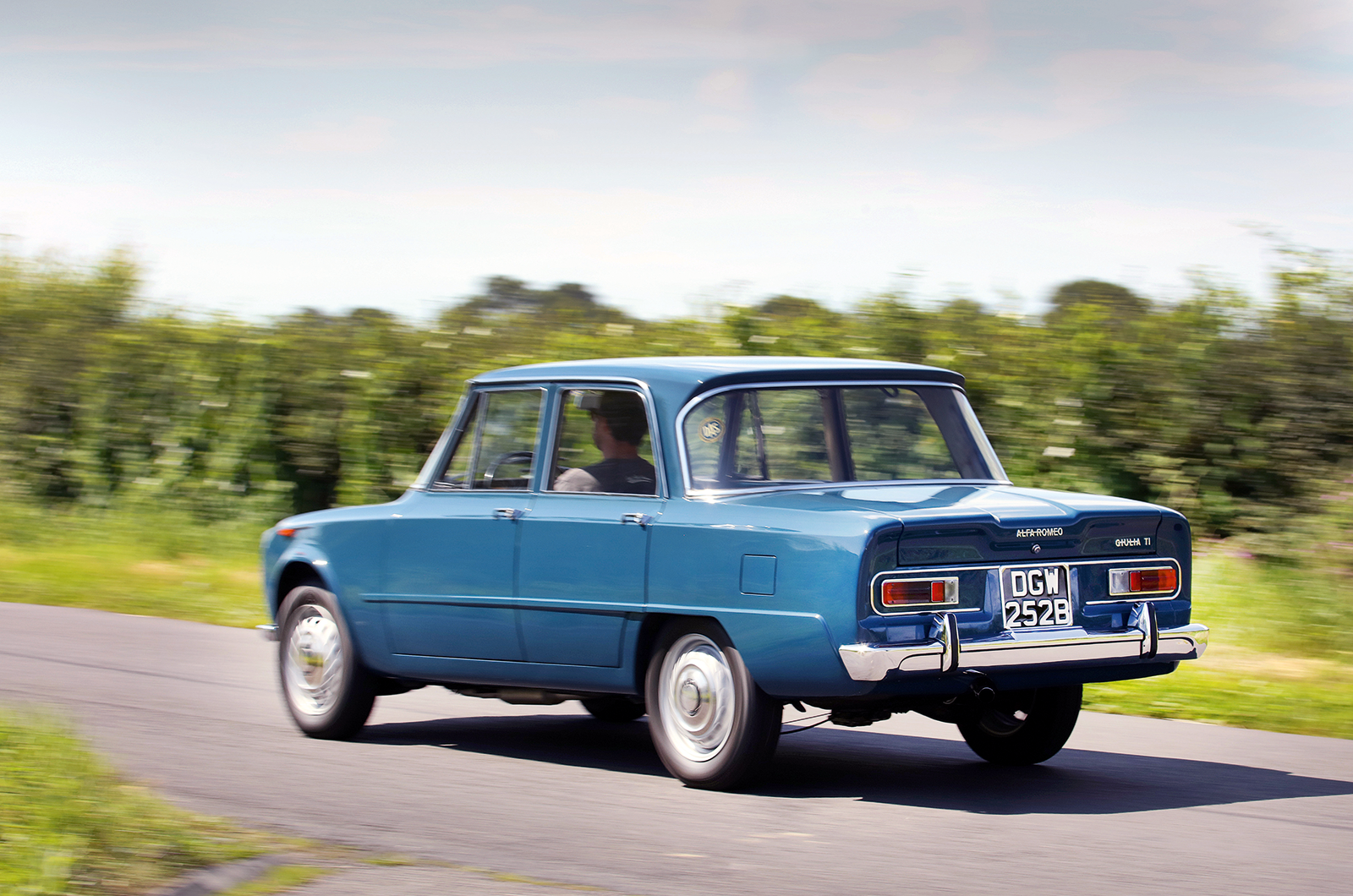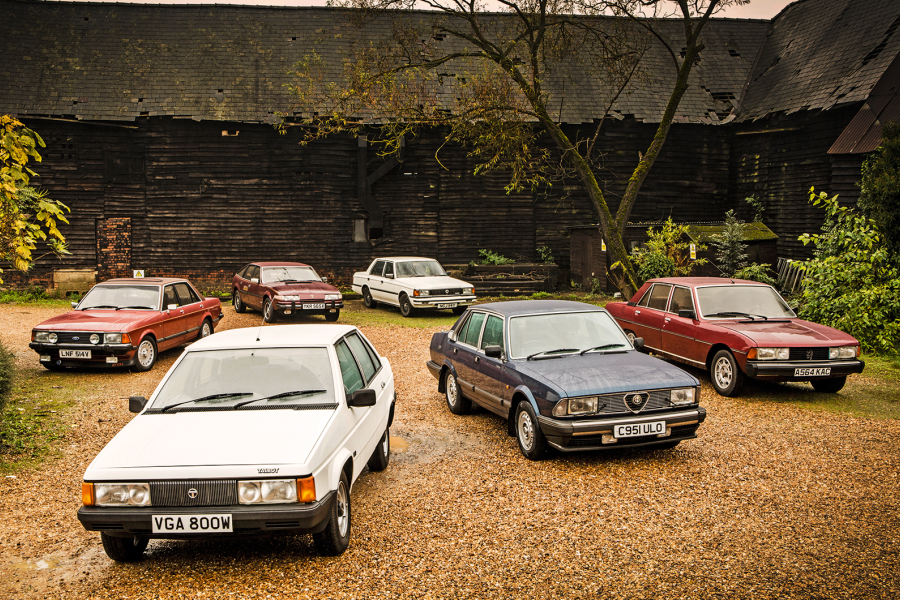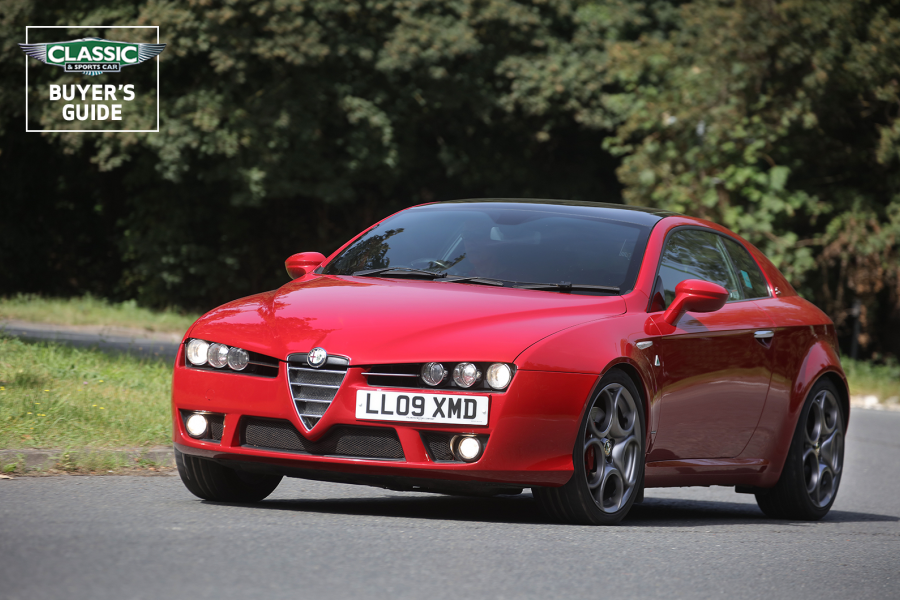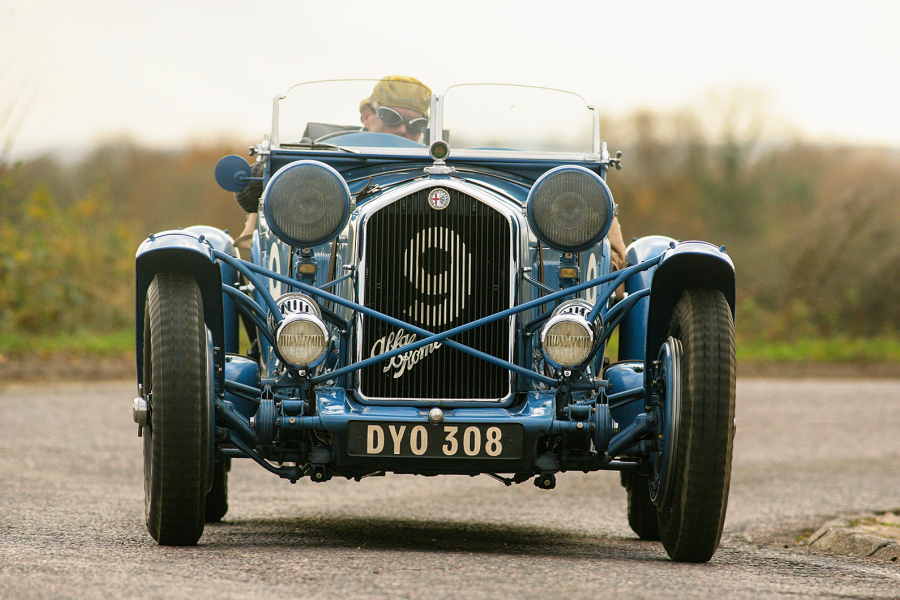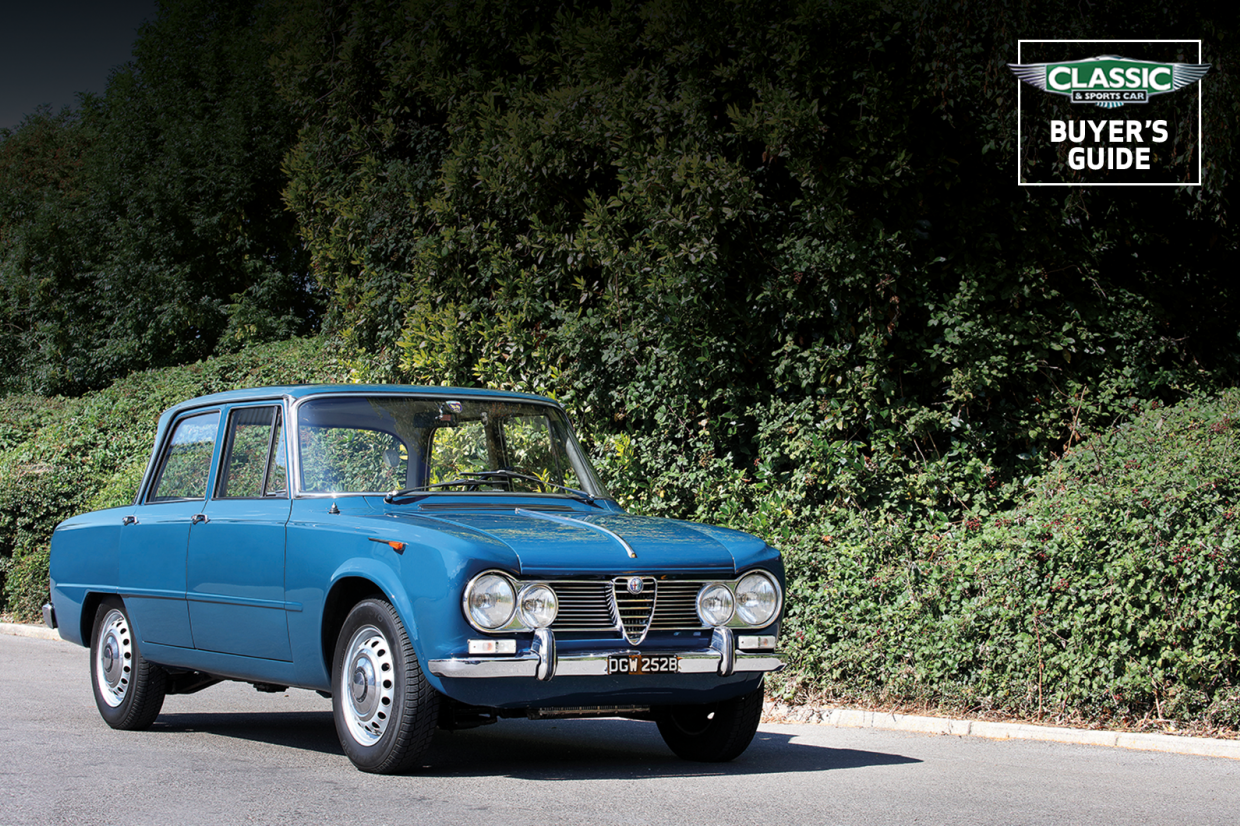
Why you’d want an Alfa Romeo Giulia
Overshadowed by the more dramatically styled models that were derived from it, the understated 105-series Giulia is a thoroughly delightful compact family sporting saloon.
In 1963, the best The Motor could find to say of its appearance was ‘inoffensive-looking’, though the testers were more complimentary about its engine, gearbox, handling and performance.
That was a little unfair on Alfa Romeo’s Centro Stile chief Giuseppe Scarnati, who had produced a remarkably spacious small saloon – the column gearchange and split-bench front seat allowed it to be marketed as a six-seater at first – with extremely good aerodynamic efficiency (the same Cd as a Porsche 911) and exceptional all-round vision for driver and passengers.
Early cars with drum brakes (in left-hand-drive only) are for the purist; the race-oriented original TI Super is the most sought-after and expensive, but the1965-on Supers with twin Webers are more usable and still impressively lively to drive.
For the top-specification cars, look on the rear pillar for the Bollino d’Oro (the gold badge) on 1965-’69 examples, then the Biscione (the serpent from the city arms of Milan and the Alfa Romeo logo) from 1969-’72.
The 1300s and single-carb 1600s are slower, but are still energetic and fun cars to drive; only the rare Nuova Super Diesel lets the side down (though you’d struggle to find one, even in Italy where it enjoyed a tax break).
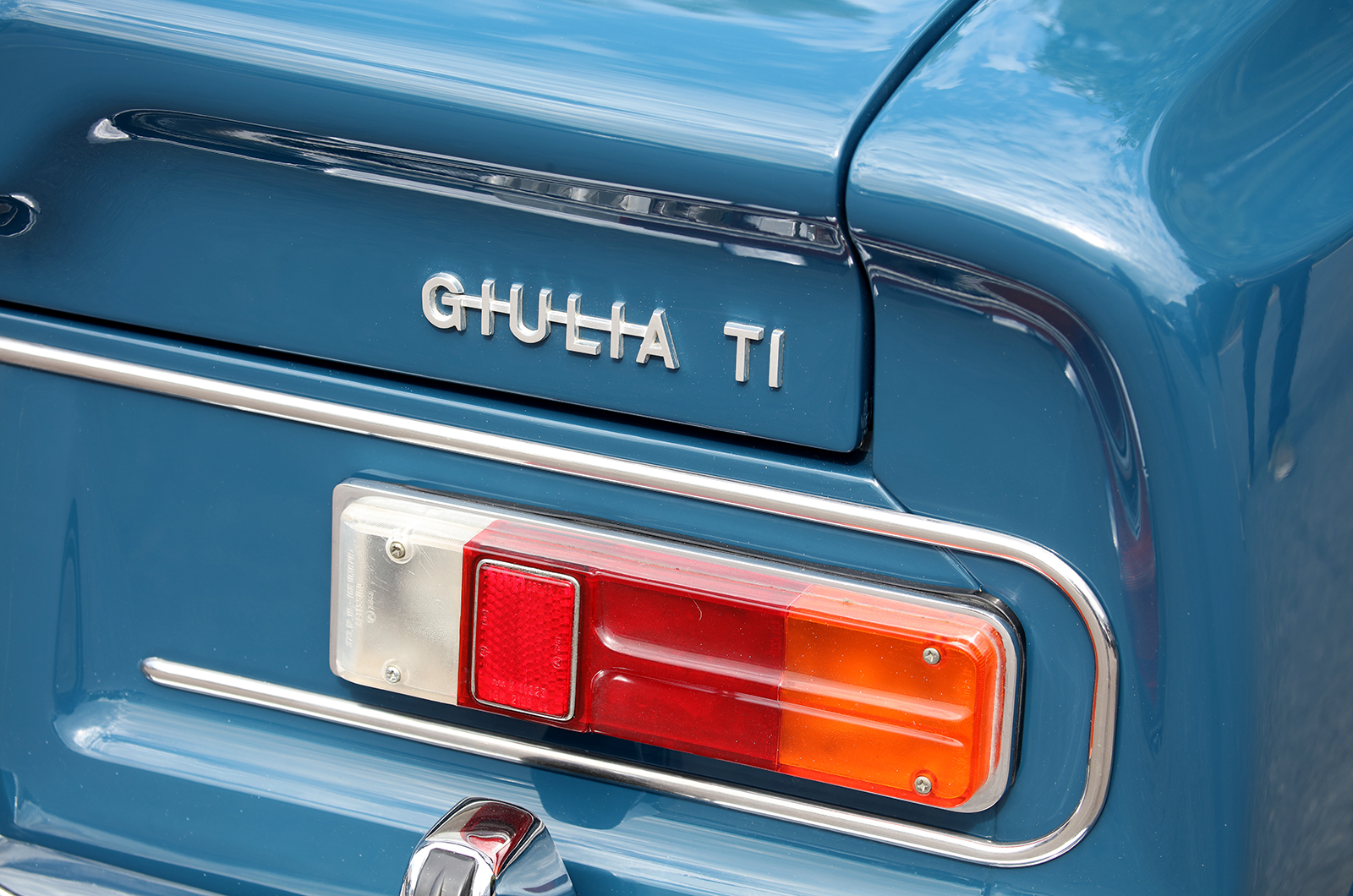
Despite the fact that prices are rising, the cost of restoration from a wreck still exceeds the value of the finished car so it’s worth seeking out the rare unspoiled originals, even though they command a significant premium.

